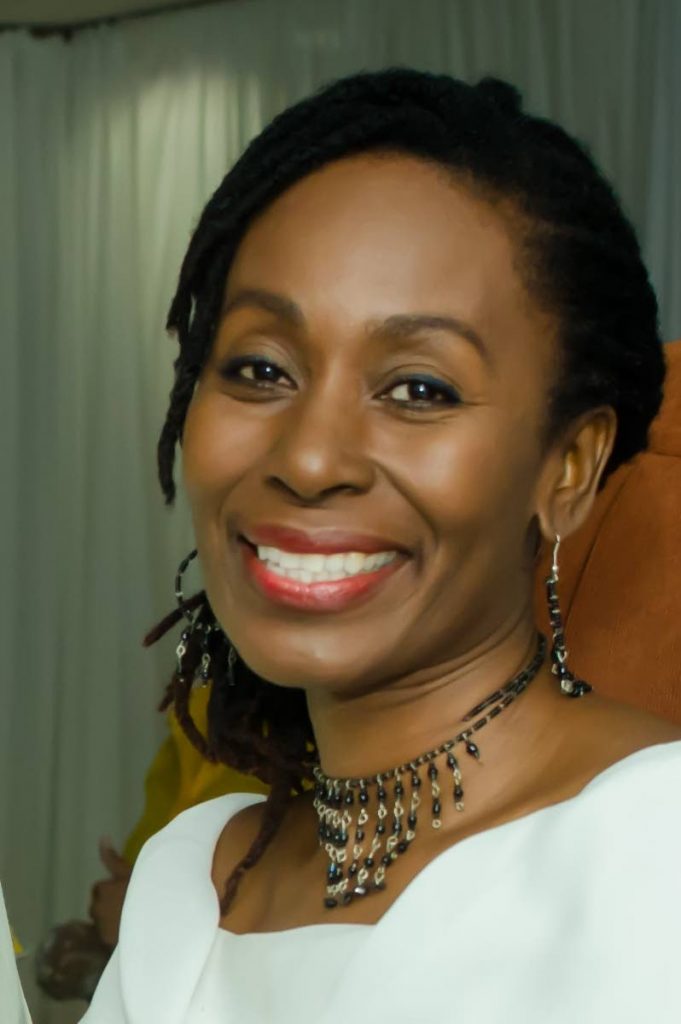Towards a high school for gifted young artists

You've got big dreams, you want fame. Well fame costs, and right here is where you start paying; in sweat. And the better you are, the more sweat I'm going to demand.
Debbie Allen from the television series, Fame
I always knew my youngest nephew was bored by school. I mean primary school, where you would think that students learn in an atmosphere of fun and creativity. But this was not the case. Not surprisingly his brilliant, artistic mind failed to be inspired by the way the government school taught mathematics, English or anything for that matter. In many ways, he just stopped engaging with education.
Fortunately, at home my nephew is part of a highly evolved artistic machinery. At five he was already performing on stage, singing, dancing and memorising an entire speech-band monologue (with a pretty decent Tobagonian accent at that). Today, he is comfortable on stage whether in front of thousands of spectators or teaching a drumming class for children from vulnerable communities.
My older nephew is a different, more intense version of the story. He too is bored by our version of education, but that is probably because there are few people on earth who personify music in the way that he does. Proficient in several instruments and musical styles, he has largely taught himself to play whatever instrument he chooses. From jazz to European classical, soca, chutney or Afro-beat – music resides in him in the way dance flowed from Astor Johnson or pan beat out from Clive Bradley.
Last year, four-year-old Coryn Clarke conceptualised and wrote her own book. Beyond the short-lived excitement of witnessing another child prodigy, have we yet devised a way for Coryn to inspire other children on a consistent basis?
What if my nephews and their talented friends could have attended a high school for the performing arts? What if they had an opportunity to nurture their talents in an environment that also supports academic achievement? What if Coryn and other gifted children like her could teach at such a school? What would this mean for TT, where culture and the arts are already woven into the fabric of our communities?
“When I went to school in Jackson Heights, I was just plain ole dumpy Doris...But when I came to our school, I was Doris who could dance, Doris who could sing, Doris who had something that was very special. I never wanted any of that to change.”
In the 1980s, audiences were riveted by Fame. The series showcased the challenges and triumphs of students and teachers from the fictional New York High School of Performing Arts. I recently discovered that Black Panther star Michael B Jordan is a former student of the Arts High School, founded in 1931, the first school of its kind in the United States. I also discovered performing-arts high schools all over the US, across Europe and to a lesser extent in other parts of the world.
I may be wrong, but I could find no high schools dedicated to the arts in the Caribbean.
Decades ago, cultural activists such as Rex Nettleford in Jamaica argued that culture and the arts were integral to reducing the damage that had been caused to our sense of self by colonial education. A report by UNESCO reminded that “...children of our society are immersed at every turn during their waking hours by cable television programmes that are divorced from their artistic traditions. It is therefore important that Ministries of Education and Culture throughout the Caribbean develop curricula in Theatre Arts that will not only develop children’s creativity, but also help them to understand and appreciate their artistic traditions.” In TT, calypsonian Chalkdust documented the possibilities for infusing education with lessons grounded in Carnival, calypso, pan and other emanations of our culture.
Today, we have visual and performing arts programmes in schools, but my nephews and their peers are still bored. Why? Because we inserted dance, drama and music into culturally inappropriate curricula, and then proceeded to teach these subjects using educators trained in colonial-era methods. Surely a recipe for dreariness.
Robert de Niro, Wesley Snipes, Vanessa Williams, Liza Minnelli, Diahann Carroll. Some of the world’s most accomplished artists were nurtured by the high school that inspired Fame. As we explore reopening school in September, consideration should be given to opening a high school for gifted young performers. It should not be that difficult – just ask Coryn. Anything is possible when you are an artist.
Dara E Healy is a performance artist and founder of the Indigenous Creative Arts Network – ICAN.

Comments
"Towards a high school for gifted young artists"